It’s easy to get swept up in the latest health food trends, with promises of transformative benefits and nutritional superiority. However, not all that glitters is gold in the world of wellness. Let’s take a closer look at some of the most overhyped health foods on the market, revealing the less-discussed downsides that might make you rethink your choices. From hidden sugars to misleading labels, we’re peeling back the curtain on these popular products.

Agave Nectar

Photo Credit: Shutterstock.
Marketed as a healthier sweetener, agave nectar actually surpasses high-fructose corn syrup in fructose content, potentially taxing your liver and causing blood sugar spikes.
Acai Bowls
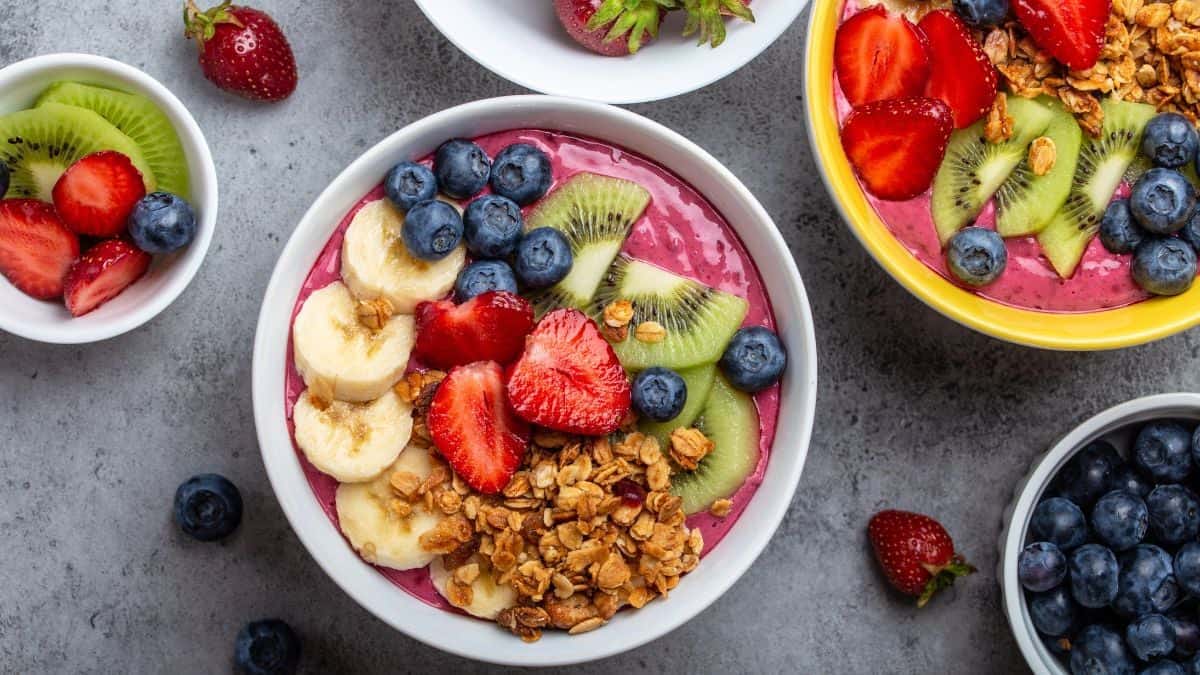
Rich in antioxidants, acai bowls are often overshadowed by excessive sugary toppings like granola and honey, transforming them into calorie bombs.
Coconut Oil

Popular for its purported health benefits, coconut oil is laden with saturated fat, which can elevate cholesterol levels and risk of heart disease.
Gluten-Free Snacks
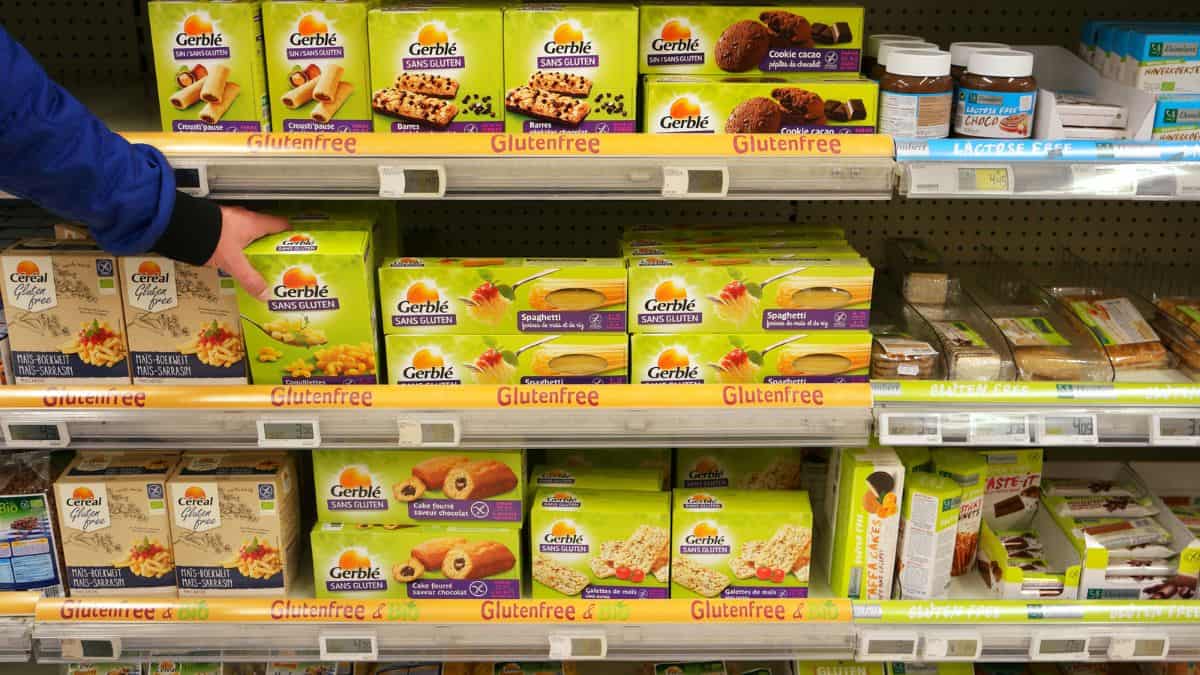
Gluten-free doesn’t always mean healthy. Many snacks in this category pack extra sugars and fats to improve taste, offering little nutritional advantage.
Detox Teas
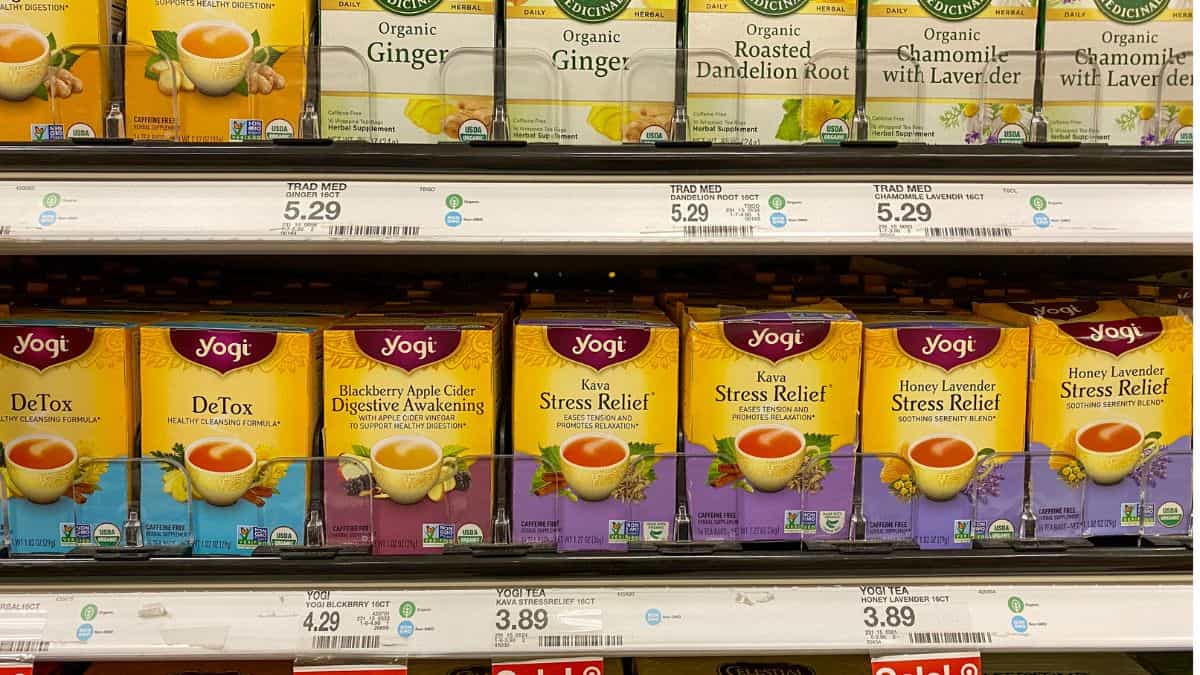
Touted for detoxification and weight loss, these teas lack substantial scientific backing and may include harmful substances that do more harm than good.
Vitamin Waters

These beverages, while infused with vitamins, mirror soft drinks in sugar and calorie content, providing minimal nutritional benefits.
Energy Bars
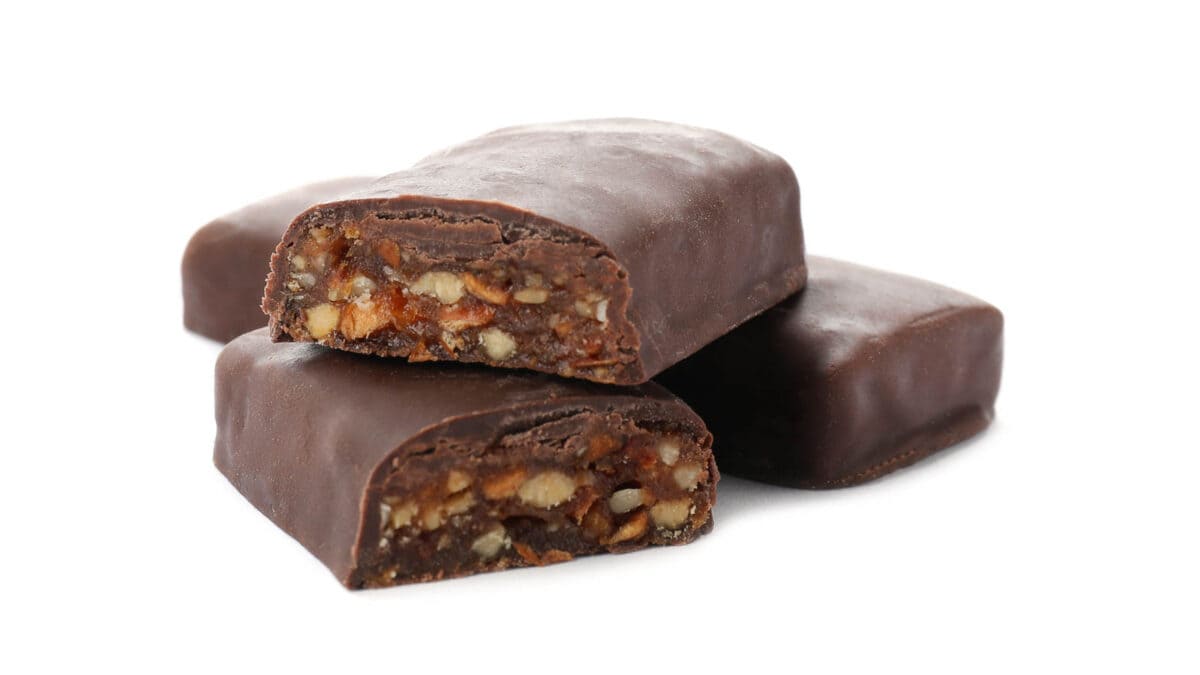
Often masquerading as healthy snacks, many energy bars are just candy bars in disguise, filled with sugar and processed ingredients.
Almond Milk

While it’s a popular dairy alternative, commercial almond milk often contains minimal almonds and is instead loaded with additives and sweeteners.
Kale Chips

Kale chips might start as a superfood, but the addition of large amounts of oil and salt can diminish their nutritional value significantly.
Diet Soda
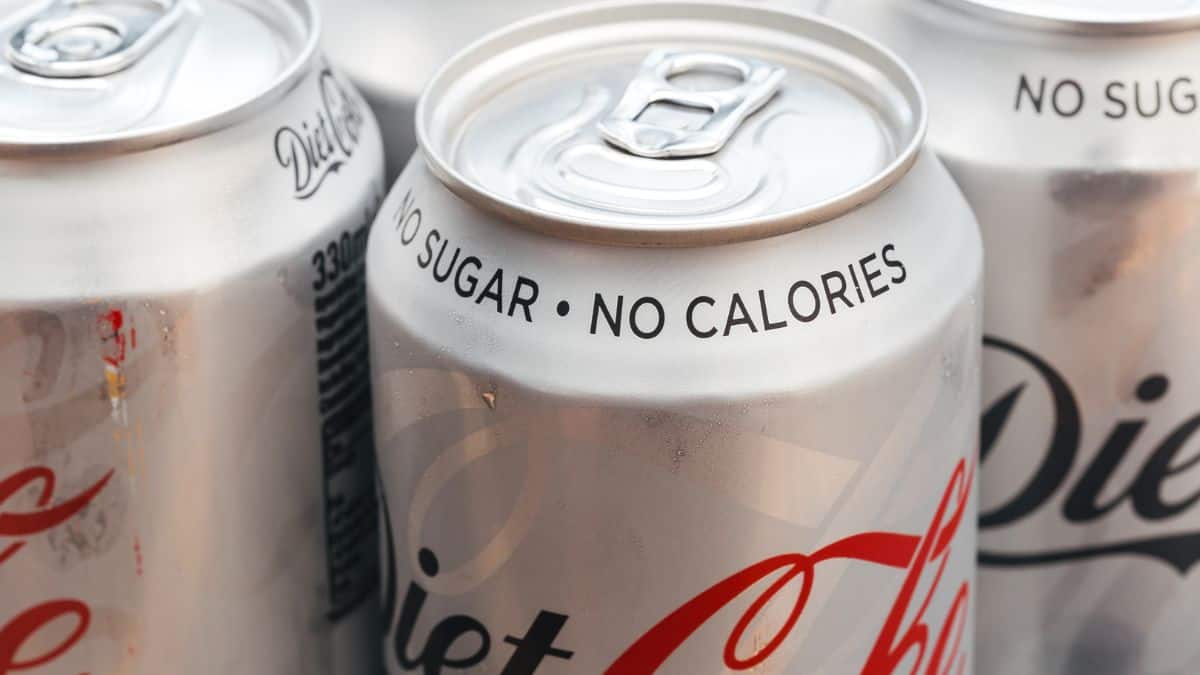
Calorie-free but controversial, diet sodas are packed with artificial sweeteners and chemicals, which might be associated with adverse health effects.
Bottled Smoothies
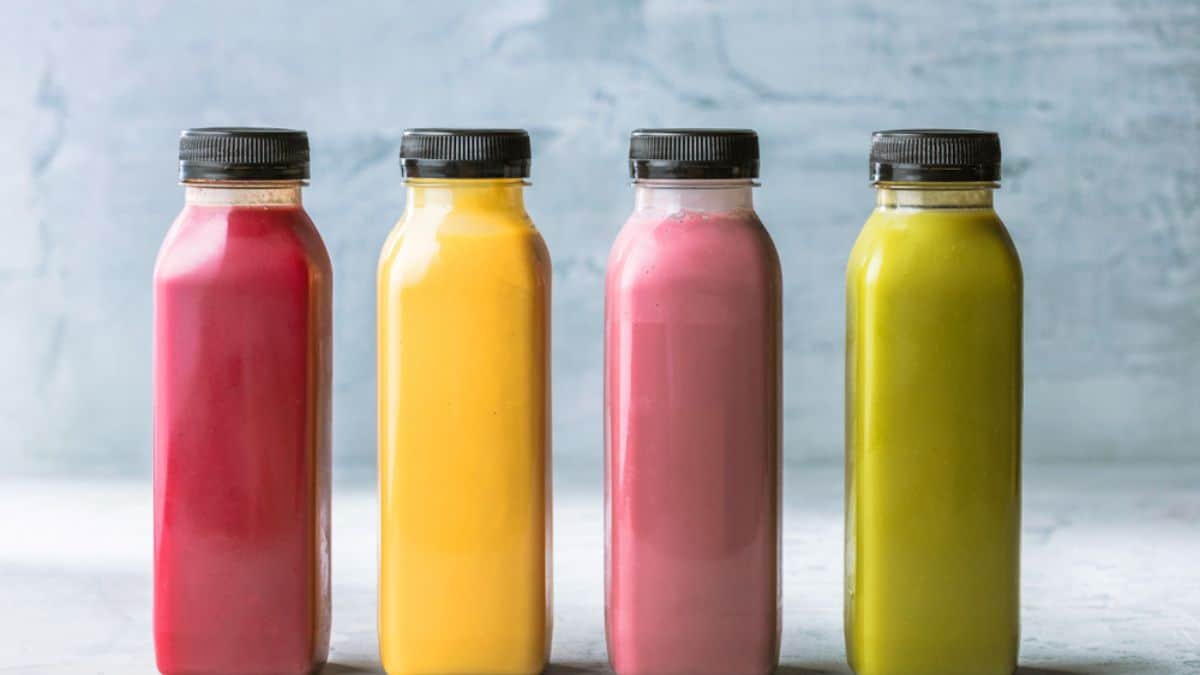
While they seem like a nutritious choice, many bottled smoothies are high in sugar and calories, making them less healthy than their homemade counterparts.
Veggie Chips

Although they appear to be a healthier alternative to regular chips, veggie chips are frequently heavily processed and contain similar levels of fat and sodium.
Superfood Powders
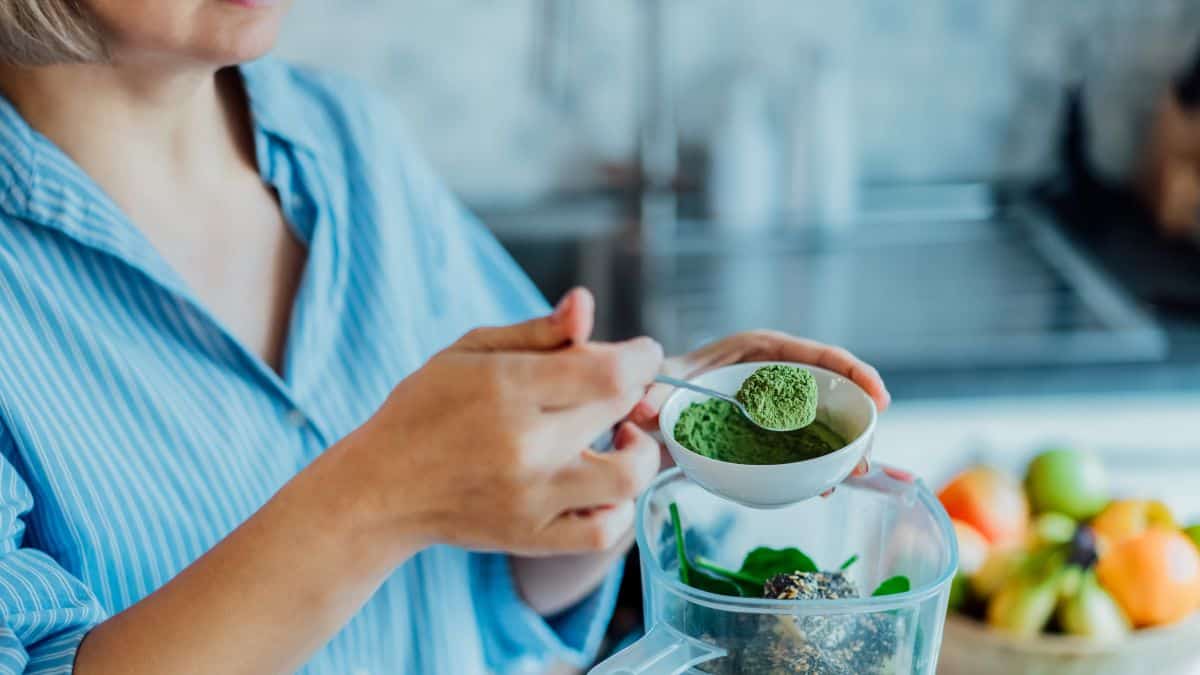
Marketed as nutritional powerhouses, these powders (like spirulina and maca) can be costly and offer no more benefits than whole foods, sometimes even containing contaminants.
12 Ways To Reduce Plastic In Your Kitchen Starting Today
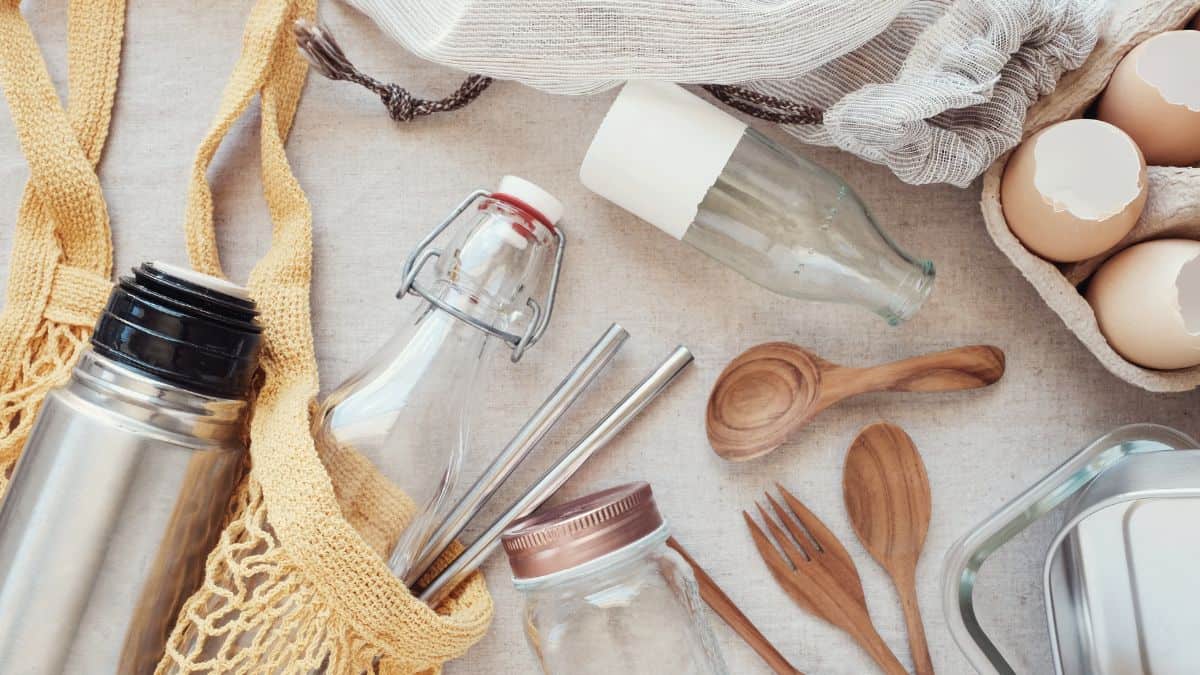
Whether you’re a seasoned eco-warrior or just starting to explore more sustainable practices, there are plenty of straightforward swaps that can make a significant difference in how much plastic you use every day. From choosing beeswax wraps over cling film to opting for reusable containers and gadgets, here are twelve practical ways you can start cutting down on kitchen plastic right now.
See Them Here: 12 Ways To Reduce Plastic In Your Kitchen Starting Today
13 Reasons Why You Should Grow Your Own Food (Even Just A Little!)
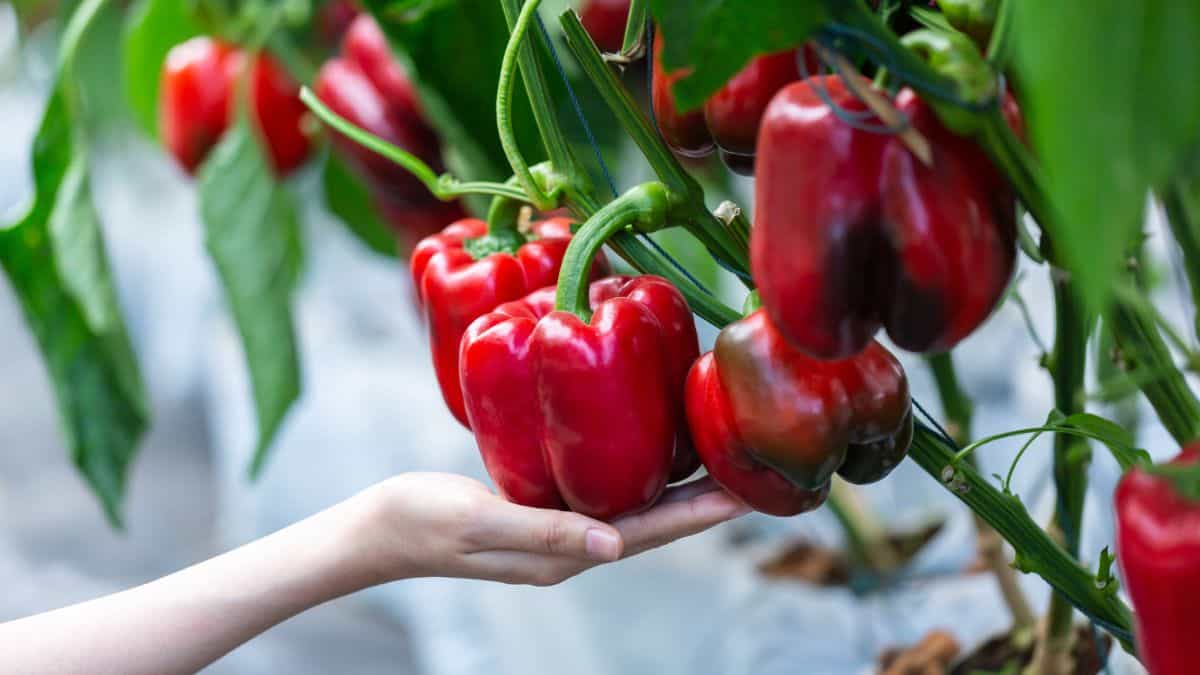
Growing your own food isn’t just for those with sprawling gardens; a small container or patch of dirt is all you need to start. Replacing even a few items from your grocery list with homegrown produce can inject fun and flavor into your meals. It’s a transformative experience that brings unparalleled freshness to your table and connects you more deeply with the cycle of nature. Let’s explore the many benefits of turning even the smallest space into a flourishing garden.
See Them Here: 13 Reasons Why You Should Grow Your Own Food (Even Just A Little!)
10 Creative Ways To Use Coffee Grinds You Probably Never Thought Of

You know those coffee grinds you usually toss out after brewing your morning cup? Turns out, they’re like gold for a bunch of cool and unexpected uses. Here’s a fun list of unique and creative ways to give those grinds a second life, from greening up your garden to jazzing up your skincare routine.
See Them Here: 10 Creative Ways To Use Coffee Grinds You Probably Never Thought Of
Select images provided by Depositphotos.
Gina Matsoukas is an AP syndicated writer. She is the founder, photographer and recipe developer of Running to the Kitchen — a food website focused on providing healthy, wholesome recipes using fresh and seasonal ingredients. Her work has been featured in numerous media outlets both digital and print, including MSN, Huffington post, Buzzfeed, Women’s Health and Food Network.








